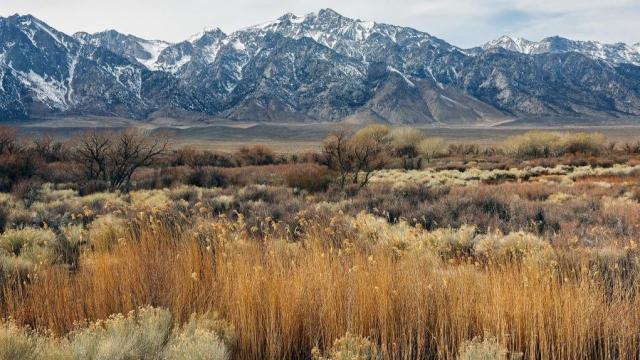Don’t expect much relief from the ongoing drought out West this coming winter.
La Niña is returning for its third consecutive year, the National Oceanic and Atmospheric Administration (NOAA) announced this week. This means that Western states will continue to see drier-than-average conditions this winter.
“Drought conditions are now present across approximately 59% of the country, but parts of the Western U.S and southern Great Plains will continue to be the hardest hit this winter,” said Jon Gottschalck, chief of the Operational Prediction Branch at NOAA’s Climate Prediction Centre. “With the La Niña climate pattern still in place, drought conditions may also expand to the Gulf Coast.”

According to NOAA, the drought-prone Southwest will also see higher-than-average temperatures this coming winter, with lower-than-average precipitation. Almost all of California is expected to see continuing or even worsening drought conditions, and much of Texas, Nevada, and Utah will see those especially dry conditions as well. The entire column of states from Texas up to North Dakota will also see continuing or worsening drought conditions.

How does La Niña affect this? The weather pattern is categorised by higher temperatures and stronger storms, like hurricanes. The presence of La Niña also means more drought in the U.S., where millions of people are struggling through water shortages. The conditions were officially noticed back in early fall of 2020 and eventually reached one of the strongest intensities recorded since the 1950s, according to Axios. And because those conditions will stick around, the ongoing drought will persist into next year. Climate change is intensifying the situation: In February, researchers attributed 42% of the country’s drought conditions to human-caused climate change.
Earlier this year, NOAA predicted an especially dry spring and summer for large sections of the country, and especially out West. That analysis came after the winter of 2021 and into 2022 was declared the 12th driest winter in the last 128 years. This meant that snowpack in many areas was especially low, which meant less snowmelt to boost water in lakes, rivers, and reservoirs.
And in July, NOAA forecasted that La Niña conditions would persist until the end of 2022, which means more ongoing drought in the U.S. Widespread dry conditions have strained access to water for people and industries alike. Especially low levels in California’ reservoirs affected hydropower in the state, while prices of foods like tomatoes have increased this year after after high temperatures and dry conditions lowered yields.
